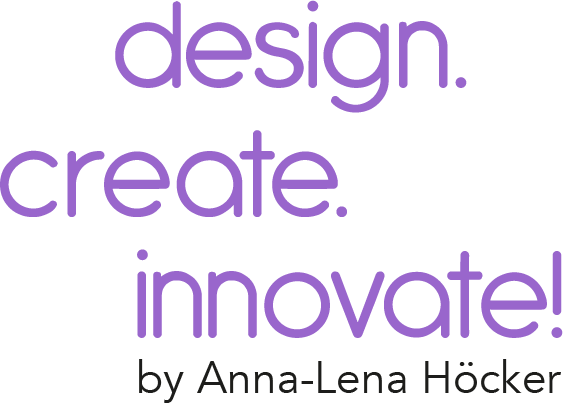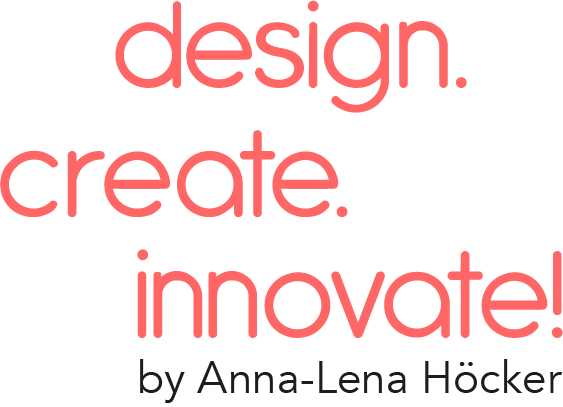Today, let's explore the meaning of DESIGN, stretching beyond its conventional boundaries. I want to highlight the significant impact our decisions can have. These choices, in essence, embody design.
Broadening Our View of Design
When you hear "design," what comes to mind? A stylish outfit, a sleek car, a cozy home, perhaps? Often, we associate design with tangible objects intended for a specific purpose. Yet, design transcends the physical, touching upon our senses and experiences—how something feels, sounds, smells, tastes, and the emotions it evokes.
Design is omnipresent, and we are all designers in our own right. The aesthetics of your garden, the creativity in your cooking, the clarity and visual appeal of your presentations—all these are your unique designs, shaped by your decisions.
Democratizing Design
In this view, design is a comprehensive and intentional process that encompasses the shaping of physical, digital, social, and environmental spaces. It is a democratic act, accessible to everyone, where choices and actions contribute to the transformation of our world. Design involves empathy, problem-solving, and creativity to enhance functionality, aesthetics, and harmony in our interactions, experiences, and ecosystems. It should be a reflective practice, considering not just the immediate needs and desires (e.g. of clients and shareholders) but also the long-term impacts on society, culture, well-being, and the planet.
Our Responsibility in Design
Our responsibility follows from this wider definition. Here are two perspectives to illustrate this:
Lifetime Design: Our work, the meetings we schedule, and the content we create all consume time—ours, our colleagues', our clients'. Time is the only resource we can never get back when we waste it. Each of us only has one “time bucket”. Are we mindfully optimizing these interactions and outputs to respect and enhance everyone's (life!) time?
Broader Impact Consciousness: Are we aware of the broader impact of our decisions and actions? Have we taken the bird’s eye view to identify the ripple effects of our work – up and down the supply chain or the chain of command – beyond our own organization, into other companies, society, and the environment?
Furthermore, are we conscious of how our behaviors influence those around us and the potential we have to set transformative examples? Recognizing that human behavior is often shaped by observation and imitation, it's crucial that we exemplify positive actions.
For instance, I make a concerted effort to remain calm and courteous during the inevitable rush hour or amidst traffic jams—times when stress levels surge, and self-centered behavior becomes more common. Additionally, by introducing greenery to the once drab, gray expanse outside my front door, I've witnessed a domino effect of beautification. Neighbors have taken note of the stark contrast between the vibrant green and the dull gray, inspiring them to introduce similar changes, sparking a collective movement towards a greener, more inviting street.
Big and small, decisions have an impact and inspire acts of design. I hope I could inspire you to see yourself as designer of the areas you act in and feel empowered to take decisions that create positive impact!

